You may have read that researchers have found a way to use smartwatches such as the Apple Watch to help detect COVID-19. This comes in addition to the introduction of exposure notification on iPhones. This is a fascinating development, but what does it mean to you? Before you get too excited, let’s look at what this research means.

Where to Find Information on COVID-19
If you’re not that well-informed about COVID-19, it’s a good idea to get the right facts about both the virus and the disease before you engage with the Apple Watch COVID-19 studies or any other feature designed to help you manage your COVID risk.
The World Health Organization is a good place to start. This is the organization that’s providing information and assistance to most of the largest national governments in the world. So it’s pretty much like skipping the middleman and going to the source.
For readers in the USA, it’s also helpful to visit the Center for Disease Control and Prevention COVID-19 site as well. If you’re not in the USA, you should consider looking for information from your current nation of residence’s equivalent authority.
How To Enable Exposure Notification on Your iPhone
Apple and Google have worked together to create an exposure notification system that can let you know if you’ve been in contact with someone that’s been diagnosed with COVID-19. Here’s how to opt in:
- Search for COVID on your iPhone and then select Exposure Notification.
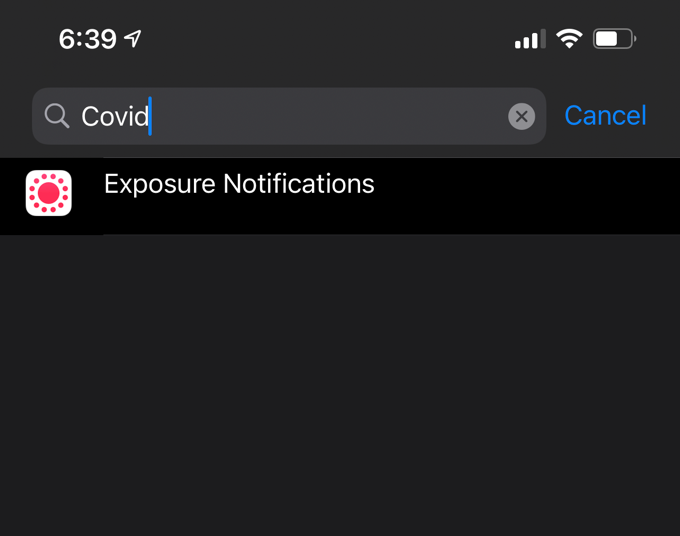
- Now select Turn on Exposure Notification.
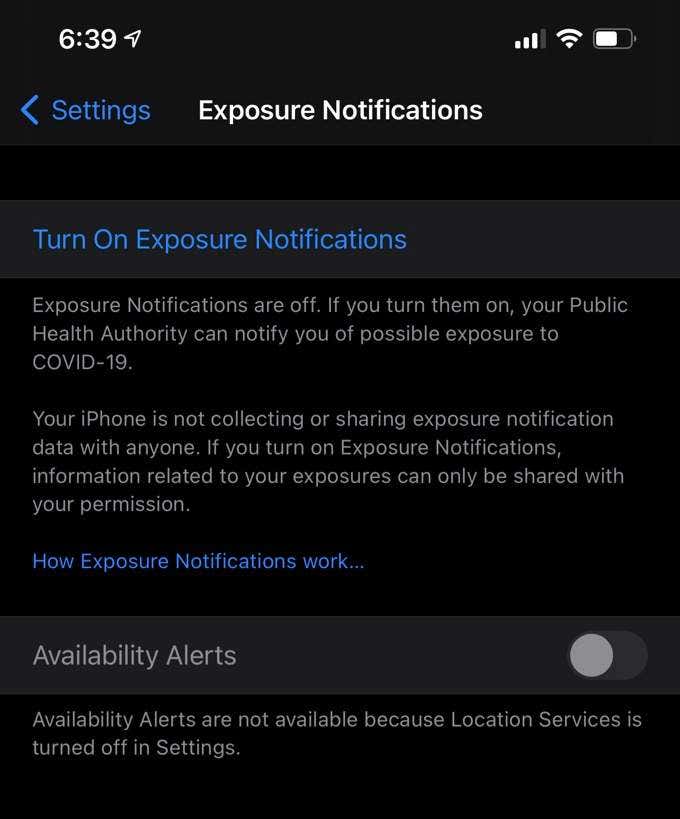
- Select Continue after reading the terms and conditions.
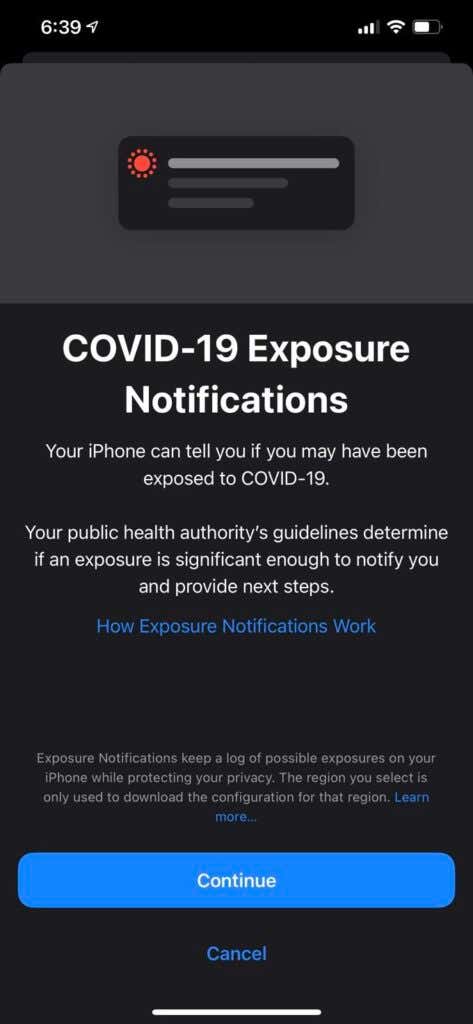
- Next, choose your location.

- Read the terms and conditions for your local medical authority and accept them if you agree.
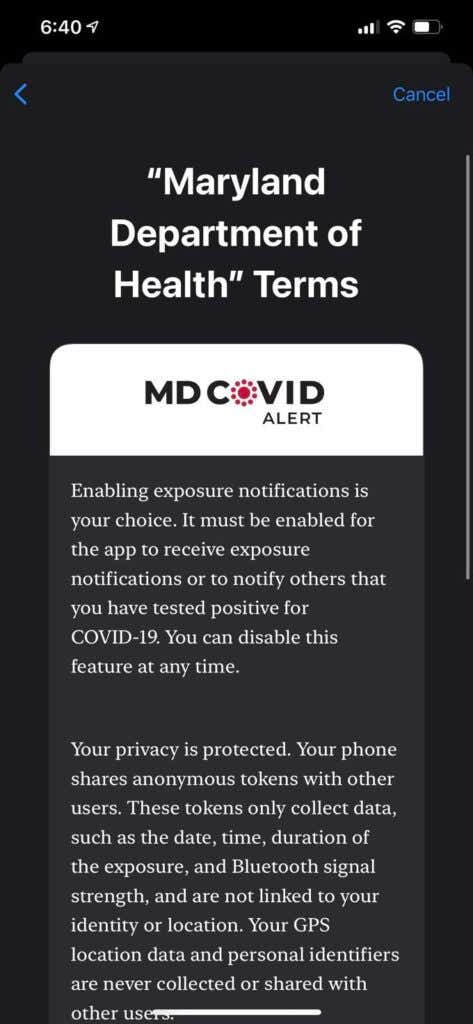
- Exposure Notifications should now be active. Select OK to continue.
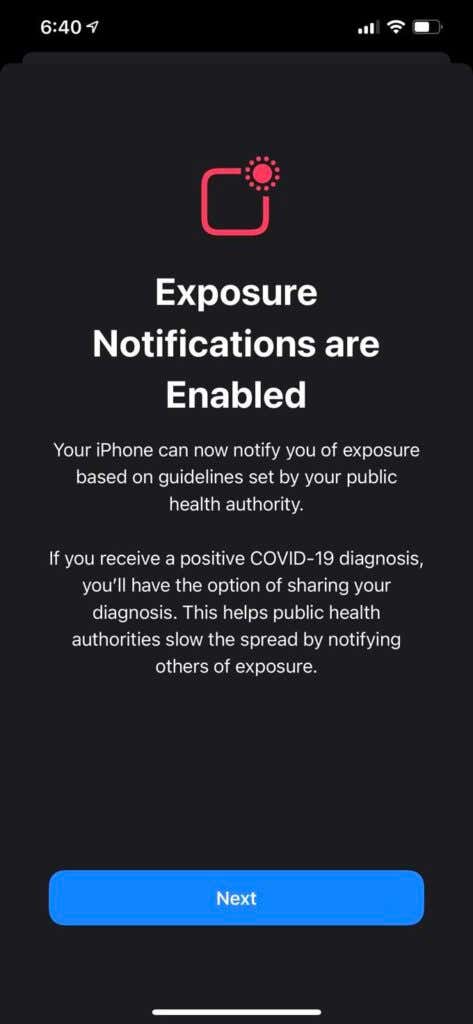
How Studies Used the Apple Watch to Detect COVID-19
Since the heart rate sensors in the latest models of the Apple Watch are very sophisticated, researchers decided to compare that data between people with confirmed COVID-19 infections and those without, even when the infected persons were asymptomatic.
By carefully analyzing the heart rate data they collected, it was possible to detect changes in people who were infected but either didn’t feel sick or never developed symptoms.
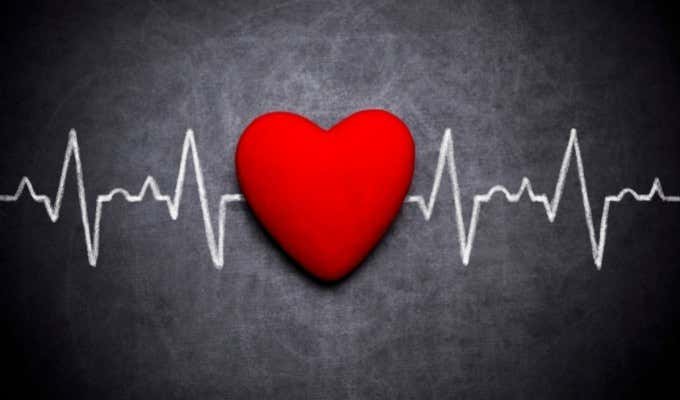
The main factor used in these studies is called heart rate variability, which is defined as the difference in time between each heartbeat. A healthy heart doesn’t have a constant heartbeat with precise even intervals, instead, it’s constantly adapting to various factors in the body.
The studies in question looked at heart rate variability data in healthy people versus those who developed COVID-19 infections. According to the results, there are detectable patterns in the heart rate variability of people infected with COVID-19 that may serve as an early detection method. Of course, this comes with a long list of caveats and disclaimers!
Who Did the Research?
There have been multiple studies that have tried to see how feasible it is to use smartwatch heart sensor data to detect COVID-19 infections early.
Robert Hirten and colleagues have pre-published their research article, which means that the paper has not been peer-reviewed and hasn’t gone through the final step of scientific rigor before a paper is officially published. Expert reviewers may still find flaws in the paper that must be corrected.

According to the abstract of the article, the team used a custom Apple Watch app to collect data from participants. They concluded that, after applying a mathematical model to the data, it’s possible to identify COVID-19 infections early using nothing but heart rate variability data.
The second paper was published in the prestigious Nature journal. Tejaswini Mishra and colleagues also used recorded smartwatch data to determine if there was a detectable pattern change from before and after a COVID-19 infection. In this study, Fitbit devices were used, rather than Apple Watches. They conclude that 63% of cases could have been detected in real-time using this data.
Can Your Apple Watch Detect COVID-19 Right Now?
You can’t use your Apple Watch as an early detection device for COVID-19 infection, yet. Any device that’s to be used for health monitoring or diagnostic purposes has to be certified for that purpose by the relevant authority.
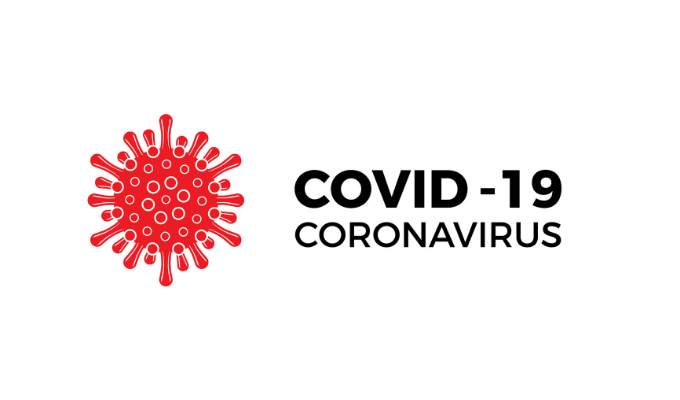
There’s a real risk that false positives or a false sense of security on the part of users can have negative consequences. It’s one thing to integrate a hand-washing timer into the Apple Watch, it’s another to add a feature that promises to diagnose a medical condition.
Is This Limited to Apple Watches?
No, any smartwatch with a suitably sophisticated heart sensor should work assuming that it has the processing power and software required. However, the research and certification process to ensure that it’s a safe and reliable feature can take a long time.
Therefore, despite this being such an interesting application of smartwatch technology, you should not change how you monitor yourself for a potential COVID-19 infection.
- Wear a face mask in public.
- Maintain your distance from other people.
- Wash your hands thoroughly and avoid touching your eyes or mouth.
- Check your temperature regularly for early signs of fever.
- Be mindful of symptoms such as body aches, fatigue, a persistent cough, or shortness of breath.
If your local medical authority approves the use of smartwatch software for the early detection of COVID-19 infections, then you may use that software in the manner indicated in conjunction with advice from a qualified medical professional.